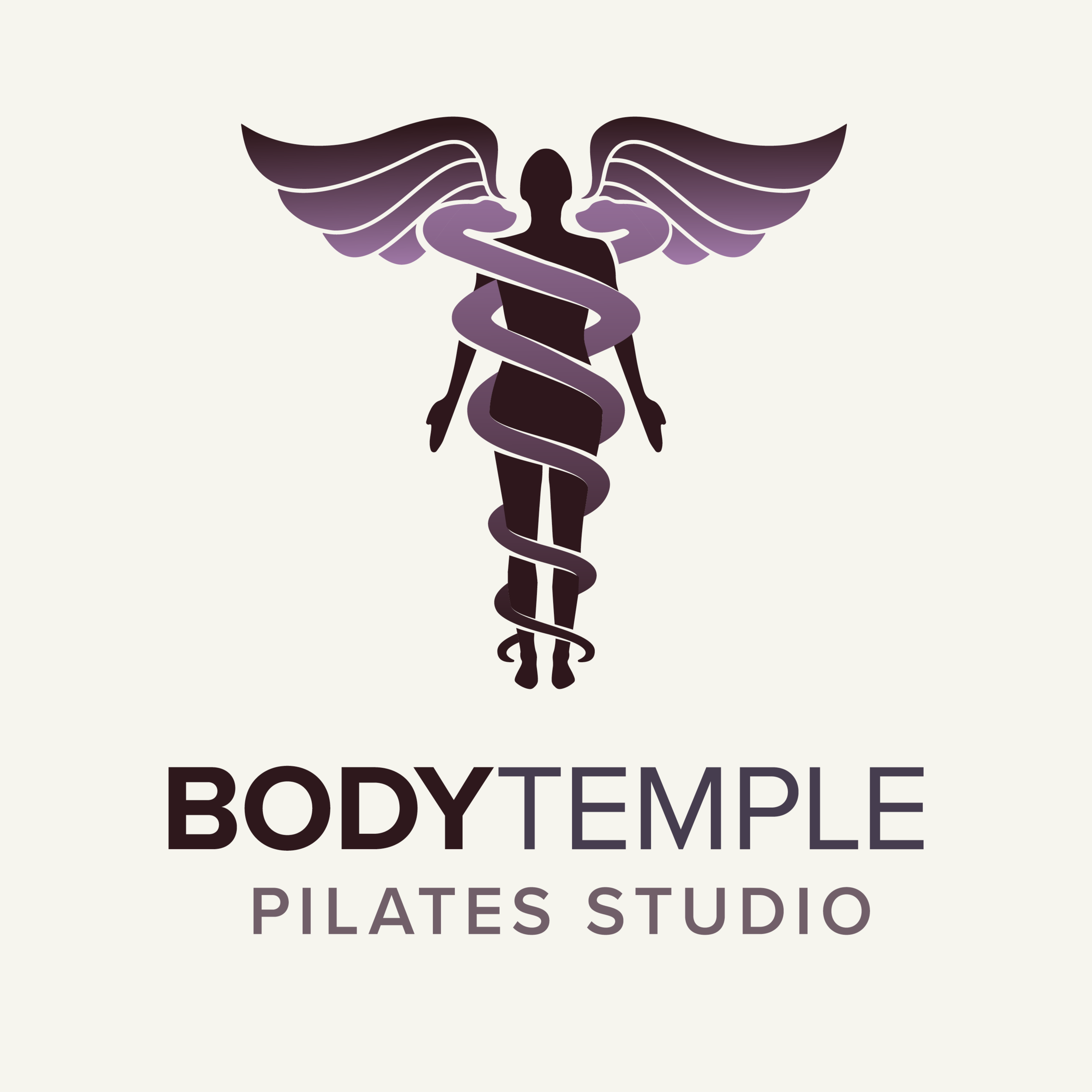Essential Pilates Glossary
In the exercise world, Pilates stands alone in its ability to completely transform and strengthen bodies. Whether you’ve come to Pilates for a workout, or for the extensive rehabilitative options available, one thing remains true; this is unlike anything you’ve ever done before.
Like any new activity, there are unfamiliar terms and movements. Even seasoned practitioners can use a refresher since Pilates requires so much mind/body connection. To that end, we’ve created a reference guide for new and veteran students alike.
Pilates Hundred: Perhaps the best known exercise in the Pilates repertoire, the Hundred is taught in classes and Private sessions around the world. This exercise incorporates pelvic floor and lower abdominal work, upper contraction, and has built-in modifications. It’s often used as a warm up, and is an excellent gauge of your progress. Click here to see a video.
Pelvic Floor: The pelvic floor is the muscular base of the abdomen. It stretches front to back from the pubic bone to the tailbone, and side to side, forming the muscular structure to support the bladder and bowel in men, and the uterus, bladder, and bowel in women. You will hear your teacher say “activate” or “tighten” the pelvic floor. They are referencing the action where you contract the muscles that will stop the flow of urine. Check out this article for a full explanation.
Neutral Spine: One of the more confusing terms in the Pilates Glossary, this refers to the “natural” position of the spine, when all 3 sections (cervical, thoracic, lumbar) are in alignment. Many people when hearing this cue, tuck their pelvis to flatten the low back. Unless you are unable to do so because of injury or surgery, neutral spine simply means allowing the spine and it’s natural curves to come into alignment, and this will look different for everyone.
Neutral Pelvis: Again, we cue this several times throughout a workout and its importance cannot be overstated, but how do you do it? It might be easier to understand if you think of the body as a front and a back, with different points that connect. The pelvis is neutral if the pubic bone is in line with the anterior superior iliac spine (hip bones), neither tilted forward nor back.
Midline: This is the spine, but when your Pilates teacher uses it, they are actually trying to direct you to balance the planes of your body. As in neutral pelvis, imagine your body has a front and back, and now add a top and bottom. All movement will initiate from the midline (your spine) and articulate within one or more of the different planes. “Coming back to midline” means to return to a resting place, where all planes are in alignment.
Core: Perhaps the most misunderstood of all the terms, your core refers to more than your “abs.” In Pilates, the core refers to the rectus abdominus muscles, the diaphragm, the internal and external oblique muscles, transversus muscle (TVA), the pelvic floor, and the muscles that run along the spine (erector spinae, multifidus and psoas). A strong core is essential to functional movement and avoiding injury. Weakness in any or all of these areas leads to most of the cases we see in our work. The great news is, Pilates is a proven method for strengthening the core and alleviating the common problems that arise when the core is weak.
We hope this sheds some light on what you’re hearing in your mat classes and Private Sessions. If you’re new to Pilates, give yourself time to adjust to the new ways of moving while keeping these terms in mind. You’ll have the mind/body connection in no time!
